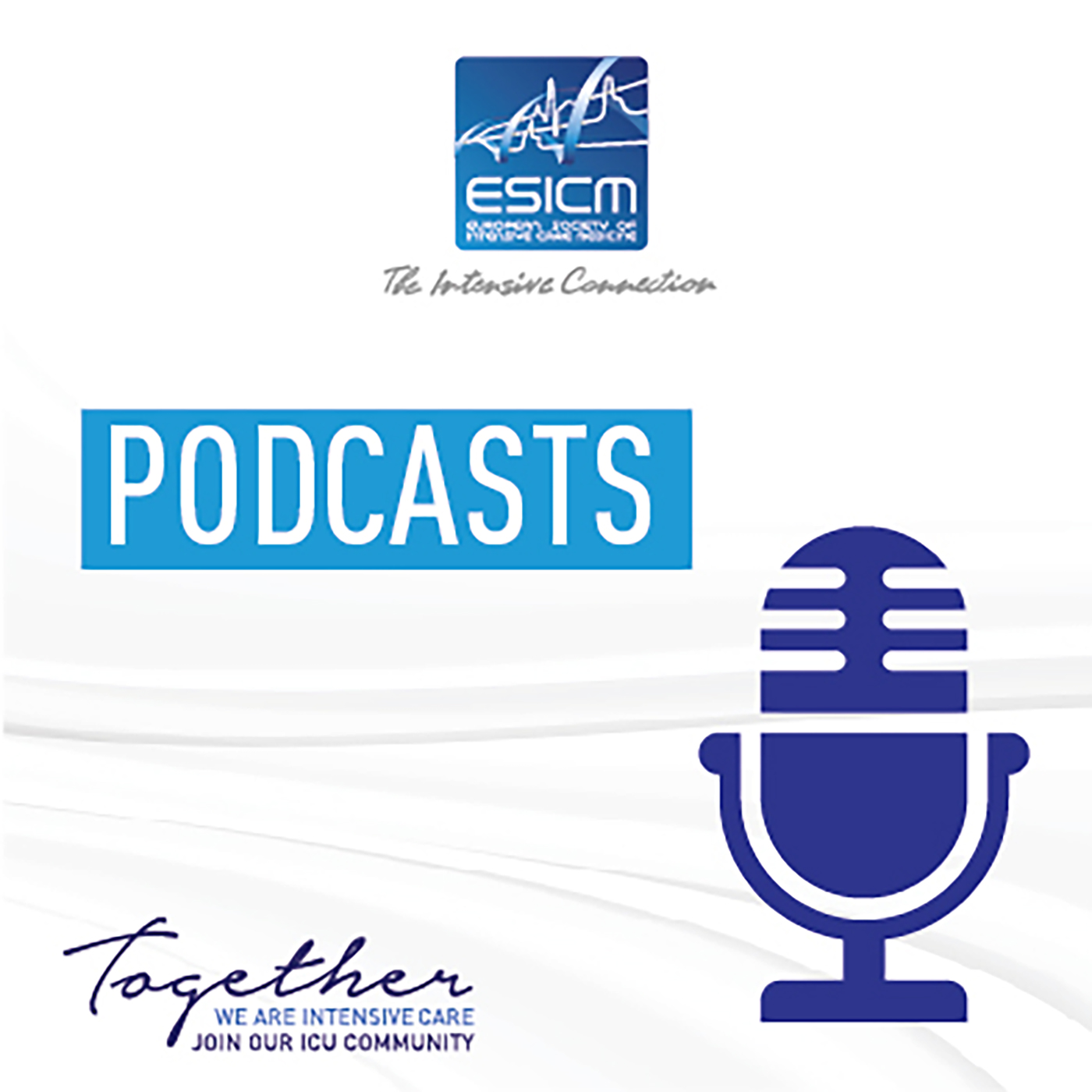ESICM Talk
European Society of Intensive Medicine Talks
Kids visitations in the ICU. Ten recommendations for child-friendly visiting policies in critical care

Covert Consciousness

Prehabilitation in the ICU

Did you know that preparing patients before an ICU stay can lead to better recovery after? Prehabilitation programmes focus on strengthening physical, cognitive, and metabolic health before critical illness, ensuring a smoother rehabilitation journey post-discharge.
Our NEXT colleagues dive into this crucial topic with expert guests, exploring how early intervention can transform patient outcomes.
Tune in now and join the conversation!
Post ICU outcomes and follow up

Post-Intensive Care Syndrome (PICS) refers to the prolonged impairment of physical, cognitive, and mental health that can occur after an intensive care stay. Its effects may last for over a decade after discharge.
Our NEXT colleagues have explored this important topic in their podcast featuring Dr. Anne-Francoise Rousseau who addresses key questions and future strategies for managing PICS. Do not miss this opportunity —tune in now!
Dose Optimisation in the ICU: The Role of TDM and Model-Based Solutions

A randomised controlled trial of a nurse facilitator to promote communication for family members of critically ill patients

Admission to the intensive care unit (ICU) can be a challenging experience for patients and their families. Psychological burdens, including symptoms of anxiety, depression and post-traumatic stress, are among the most reported during the ICU stay.
A recent study has been carried out as a joint project between France and the United States in which the experts have designed an intervention to improve outcomes for patients’ families. For this intervention, they evaluated the nurse facilitator to support, model and teach communication strategies that will help in securing care aligned with patients' goals at the ICU.
To...
European Society of Intensive Care Medicine guidelines on end of life and palliative care in the intensive care unit

The latest guidelines released from the European Society of Intensive Care Medicine (ESICM) are about end-of-life (EOL) and palliative care for critically ill adults! This comprehensive work, developed by an international, multi-disciplinary team of clinical experts, a methodologist, and patient and family representatives, is now accessible to all clinicians. We had the privilege of interviewing Prof. Kesecioglu, who led this remarkable project. Listen to this interview and explore the rationale and methodology behind the guidelines and hear the initial feedback following their release.
Fluid management and mechanical ventilation strategies

Mechanical ventilation (MV) can impair gas exchange, destabilise hemodynamics, and injure endothelial cells. Intravenous (IV) fluid therapy helps to restore hemodynamics and ensure adequate distal organ perfusion. However, the interplay between restrictive and liberal fluid strategies due to the complex physiological interaction between the heart and lungs may affect ventilation and risk organ damage in critically ill patients.
Tune in to our next podcast and learn more about the fluids-MV interplay!
When and how vasopressors in Sepsis?

The early initiation of vasopressors, ideally within the first hour of diagnosing septic shock, is emerging as a preferred strategy. This approach offers a multimodal action with potential benefits, including reduced morbidity and mortality. Prompt vasopressor therapy is crucial for effective management in septic shock patients.
To dive deeper into the timing and administration of vasopressors, join us for our next podcast! Michele Chew and Mathieu Jozwiak will guide us through the essentials—don’t miss it!
Respiratory support in acute exacerbation in COPD

Acute exacerbations of chronic obstructive pulmonary disease (AECOPD) represent sudden and severe declines in airway function and respiratory symptoms in COPD patients. The clinical presentation of AECOPD is diverse, demanding a treatment approach tailored to disease severity—beginning with antibiotic therapy and, in critical cases, advancing to mechanical ventilation for respiratory support.
Tune into our next podcast to learn more!
Multimodal approach to vascular failure in Sepsis

Septic shock triggers a dangerous drop in blood pressure and restricts blood flow to vital organs, making rapid intervention essential to prevent organ failure. This podcast will explore the power of a multimodal treatment approach—combining tailored medications, precise dosing, and supportive therapies—to amplify the body’s response to vasopressors.
Don’t miss this insightful discussion!
Landiolol and Organ Failure in Patients With Septic Shock: The STRESS-L Randomized Clinical Trial

Autonomic dysfunction and tachycardia are strongly linked to poor outcomes in septic shock, contributing to high mortality rates. In the upcoming podcast, we explore whether β-blockade with landiolol for up to 14 days can reduce organ failure, as measured by the Sequential Organ Failure Assessment (SOFA) score, in critically ill patients with tachycardia and septic shock who have been on high-dose norepinephrine for over 24 hours.
Dr. Tony Whitehouse, interviewed by two NEXT representatives, discusses the key findings of the STRESS-L Randomized Clinical Trial.
Updates on the contemporary management of aneurysmal subarachnoid haemorrhage

Aneurysmal subarachnoid hemorrhage (aSAH) is a rare but devastating condition, marked by high global rates of fatality and long-term disability. Key factors influencing patient outcomes include early brain injury, aneurysm rebleeding, and delayed cerebral ischemia.
In this podcast, Dr. Chiara Robba and Dr. Laura Galarza explore the epidemiology, treatment strategies, and the identification and management of post-aSAH complications. This exclusive discussion provides valuable insights and practical clinical guidance specifically designed for intensivists.
Esophageal pressure: use in acute hypoxemic respiratory failure

Esophageal pressure measurement plays a crucial role in estimating transpulmonary pressure, with both its absolute values and variations being key factors in assessing lung injury from mechanical forces during ventilation. To gain deeper insights into esophageal pressure monitoring and the essential equipment required for accurate measurement, tune in to the NEXT podcast. Luigi Zattera, the NEXT representative, conducted an insightful interview with Lise Piquilloud, head of the Acute Respiratory Failure (ARF) section.
Inspiratory muscle training

Inspiratory muscle training (IMT) aims to enhance the strength and endurance of respiratory muscles. Numerous clinical trials have explored the effectiveness of IMT using various training protocols, devices, and respiratory assessments. However, its adoption in clinical practice remains limited. The extent to which IMT offers clinical benefits, particularly in conjunction with pulmonary rehabilitation following respiratory failure, is still uncertain.
To delve deeper into the subject and gain insights into IMT, we have invited Professor Bernie Bissett. Tune in to our podcast to hear her expert perspective.
TTP Centenary by Takeda

ARDS Phenotyping: from disease understanding to future bedside perspectives

To date, no specific pharmacotherapy has proven effective against acute respiratory distress syndrome ARDS. Results on the research domain have been ineffective in human trials, a gap attributed in part to clinical and biological heterogeneity in human ARDS. Therefore, a precision medicine approach is intended to address explicitly how such underlying heterogeneity influences response to therapy among different patients with the same diagnosis. “You can find treatment for the disease but not for syndromes and ICU is a syndrome-forward approach to patient care” says Dr Pratik Sinha who is working on ARDS phenotyping.
Listen to his interview and l...
Mechanical circulatory support for cardiogenic shock: a network meta-analysis of randomized controlled trials and propensity score-matched studies

Cardiogenic shock accounts for up to 5% of acute heart failure presentations and around 14–16% of patients reported in cardiac intensive care datasets. It complicates up to 15% of all myocardial infarctions and is the leading cause of death post-infarction. Using pharmacological agents alone may increase left ventricular afterload and myocardial oxygen demand, resulting in complications. Thus, mechanical circulatory support (MCS) devices have emerged as important therapeutic options. As evidence remains uncertain, MCS selection depends on clinician preference and local availability.
An updated systematic review and meta-analysis of high-quality RCTs and propensity score-matched studies (PSMs) was performed to compare the ou...
N&AHP – ICU diaries

The communication between families of critically ill patients who manifest prolonged disturbances in the consciousness such as patients under sedation, in a coma, or delirium, and the caregivers became very difficult during the stay of the patient in the ICU.
On the other side, the memories of the patients are distressing and confusing and make the ICU experience for this patient very unpleasant.
To overcome these difficulties and to bridge the communication, written diaries by nurses and families for and to the patients are recommended during the ICU stay.
You will get a...
Burned out in ICU professionals

Professional burnout has been described by WHO as a syndrome conceptualised as resulting from chronic workplace stress that has not been successfully managed. Intensive care unit (ICU) professionals are at high risk of experiencing burnout due to the presence of patients with life-threatening illnesses, the observed discrepancies in job demands, responsibility overload, workload, end-of-life issues, perception of futility and other constituting potential stressors. To talk about the prevalence, outcomes, ethical implications and management strategies of ICU professional burnout we have interviewed Dr. Michalsen. Listen to the interview in the following podcast.
Inflammatory subphenotypes in patients at risk of ARDS: evidence from the LIPS-A trial

Acute respiratory distress syndrome (ARDS) remains a life-threatening syndrome, resulting in high morbidity and mortality. In ARDS patients and mechanically ventilated critically ill patients, two distinct subphenotypes, presenting hyper- and non-hyperinflammatory characteristics, have been identified.
Studies show that early identification of the inflammatory subphenotypes in patients at risk of ARDS could serve as a predictive or prognostic strategy that will lead to an early intervention and individualization of care.
A study has been carried out to prove the hypothesis that the inflammatory subphenotypes are present before ARDS development in at-risk patients presenting to the emergency...
Brain ultrasound for the general intensivist

Cerebral ultrasound is a developing point-of-care tool for intensivists and emergency physicians, with an important role in diagnosing acute intracranial pathology. The use of transcranial Doppler has expanded over the last years, opening a new window to the assessment of cerebral anatomy not only in neurocritical patients but also in general ICU and emergency room patients.
To discuss the use of cerebral ultrasound for young intensivists we have interviewed Dr. Bertuetti. Listen to the interview in the following podcast.
Phenotyping and endotyping patients to optimally set nutrition targets
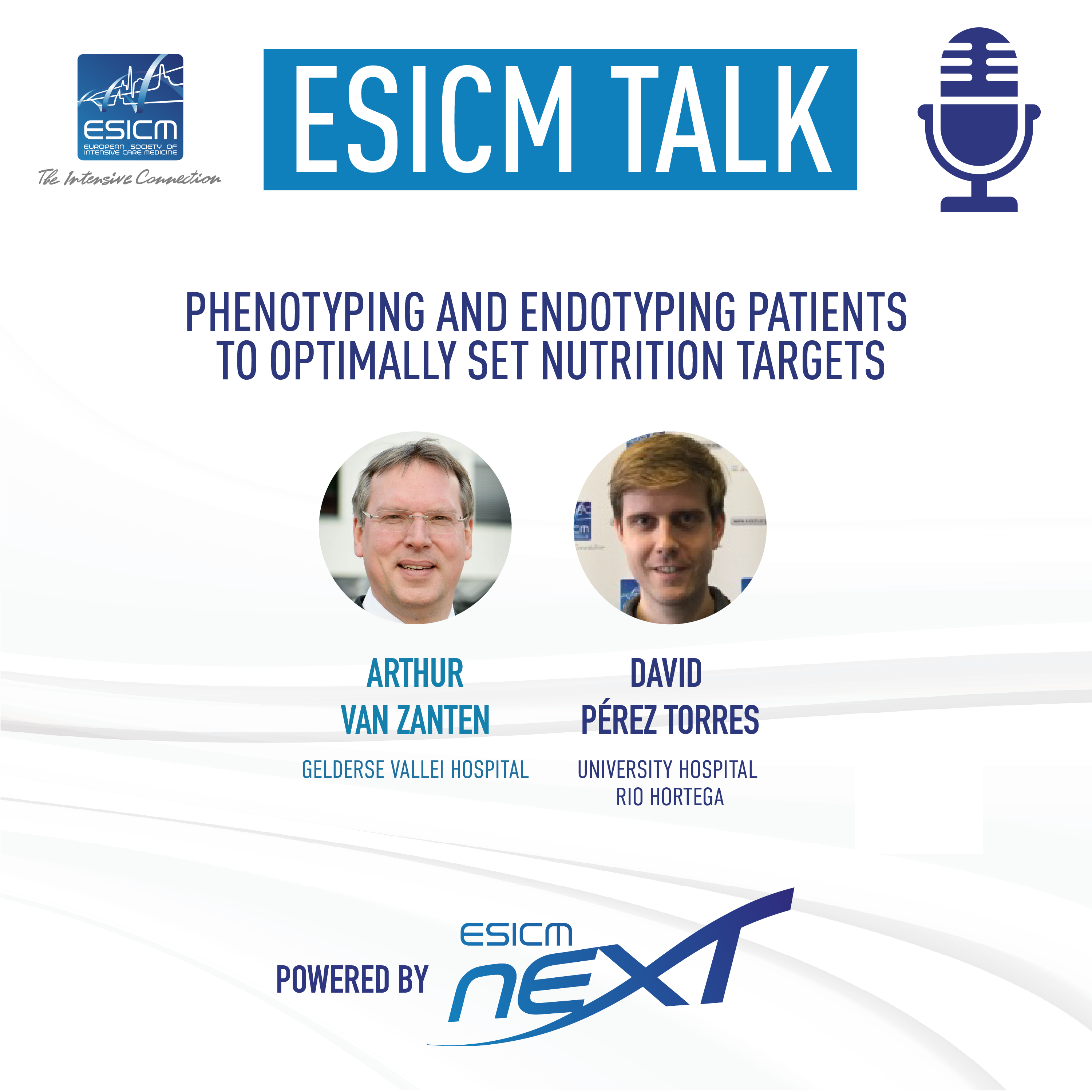
Nutrition plays a vital role in the management of critically ill patients, and a tailored approach based on patient assessment, nutritional requirements, and clinical status is essential for optimising outcomes and promoting recovery.
The concept of patient phenotyping and endotyping will help clinicians to better target nutrition interventions for a patient by categorising patients based on observable behaviours and underlying biological mechanisms, respectively.
About these concepts, their clinical use and limitations we have interviewed Dr. Arthur Van Zanten. Listen to his explanations in our podcast offered by NEXT.
Uncovering heterogeneity in sepsis: a comparative analysis of subphenotypes
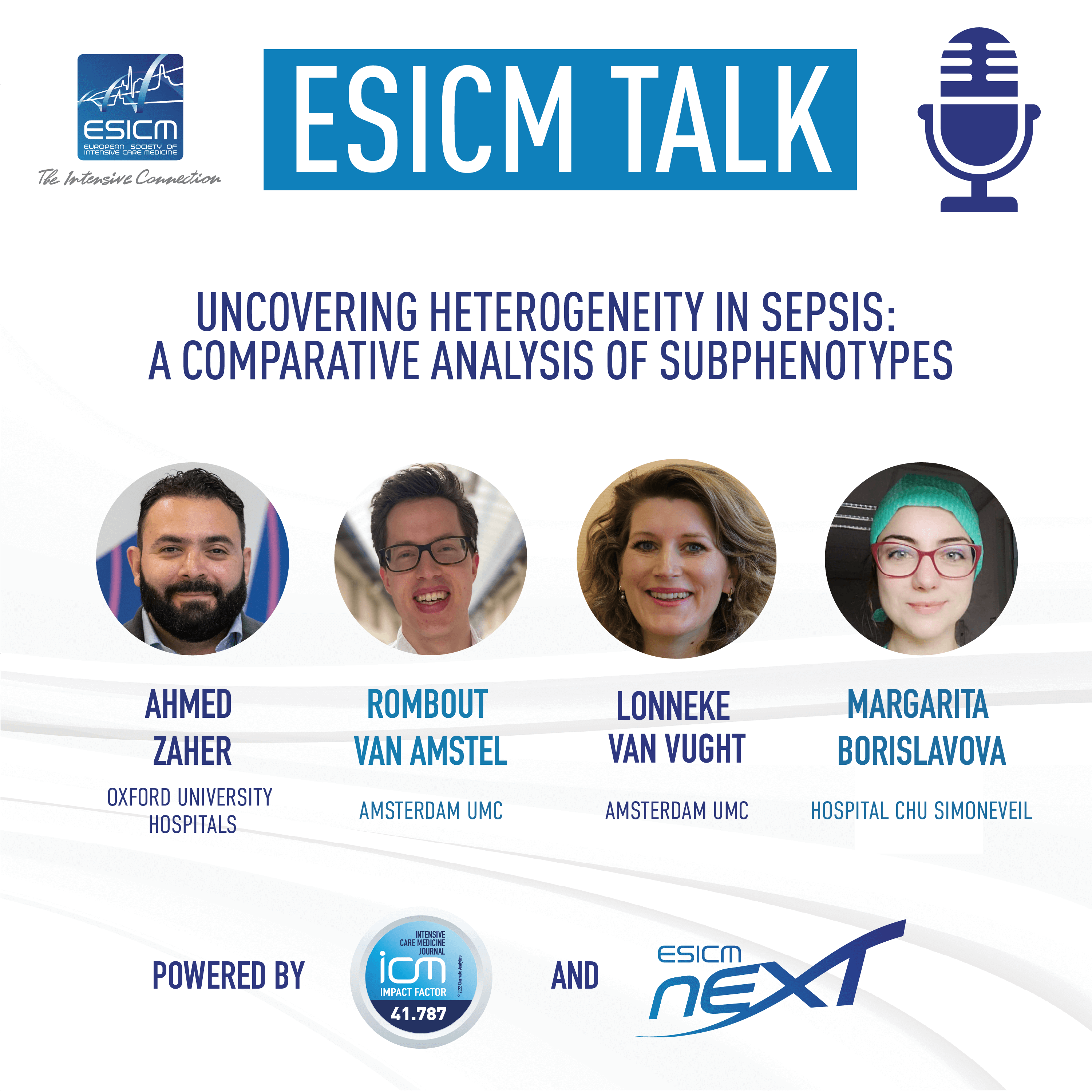
Sepsis is a life-threatening organ dysfunction caused by a dysregulated host response to an infection. Despite progress in the understanding of sepsis pathophysiology, no specific treatment has proven successful. The precision therapy, a greater understanding of the heterogeneity of sepsis is needed.
Recent approaches to measuring sepsis heterogeneity used unsupervised computational methods on clinical, biomarker, or gene expression data from observational studies or clinical trial datasets. At present, more than 100 sepsis subtypes are proposed, without awareness of overlap (or clinical implications). It is unknown whether each new subtype strategy is an added value for the patient.
ECMO PAL: using deep neural networks for survival prediction in venoarterial extracorporeal membrane oxygenation
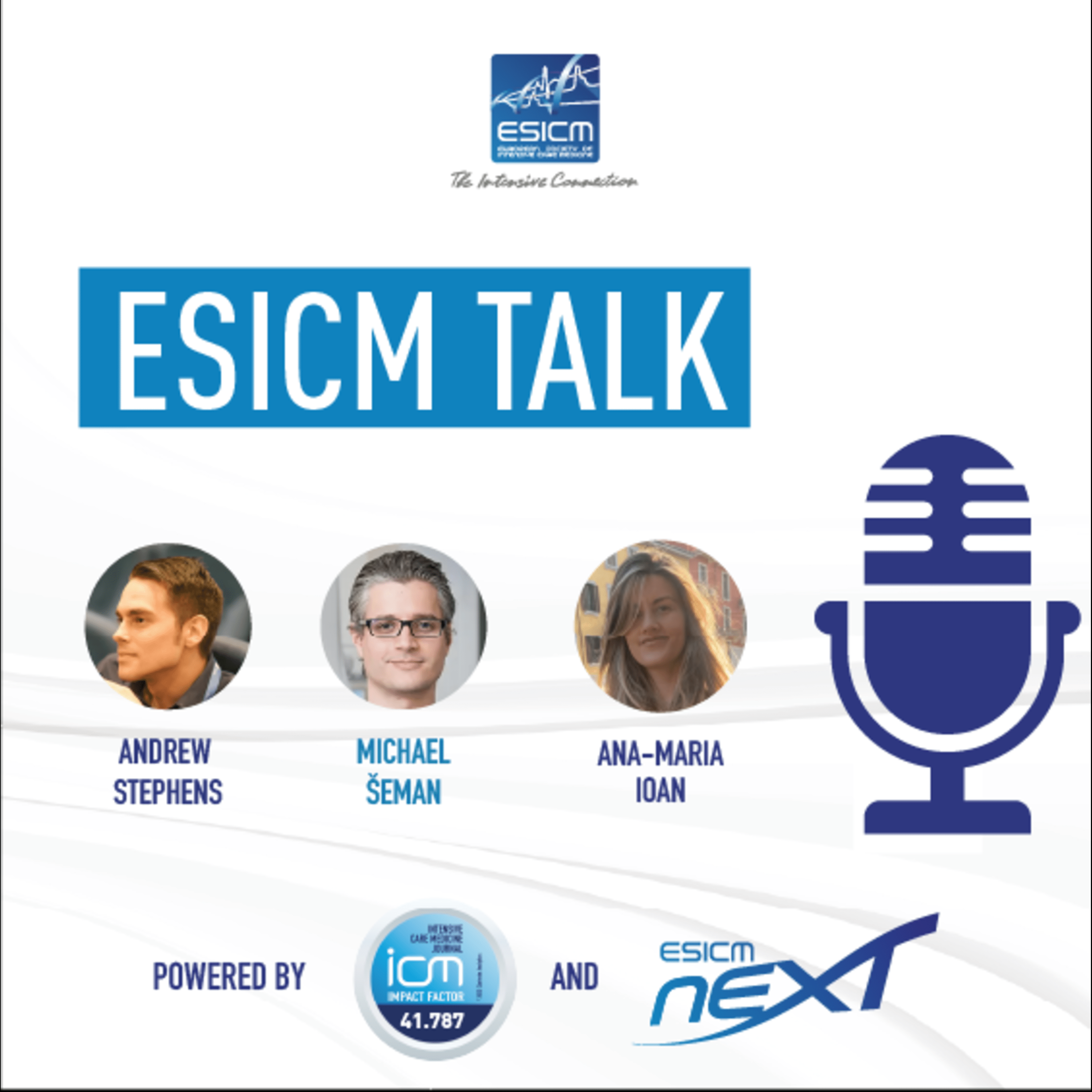
VA-ECMO outcome scores have been previously developed and used extensively for risk adjustment, patient prognostication, and quality control across time and centres. The limitation of such scores is the derivation by using traditional statistical methods which are not capable of covering the complexity of ECMO outcomes. The Extracorporeal Life Support Organization Member Centres have developed a study where they aimed to leverage a large international patient cohort to develop and validate an AI-driven tool for predicting in-hospital mortality of VA-ECMO. The tool was derived entirely from pre-ECMO variables, allowing for mortality prediction immediately after ECMO initiation.
To...
Towards model-informed precision dosing of piperacillin: multicenter systematic external evaluation of pharmacokinetic models in critically ill adults with a focus on Bayesian forecasting
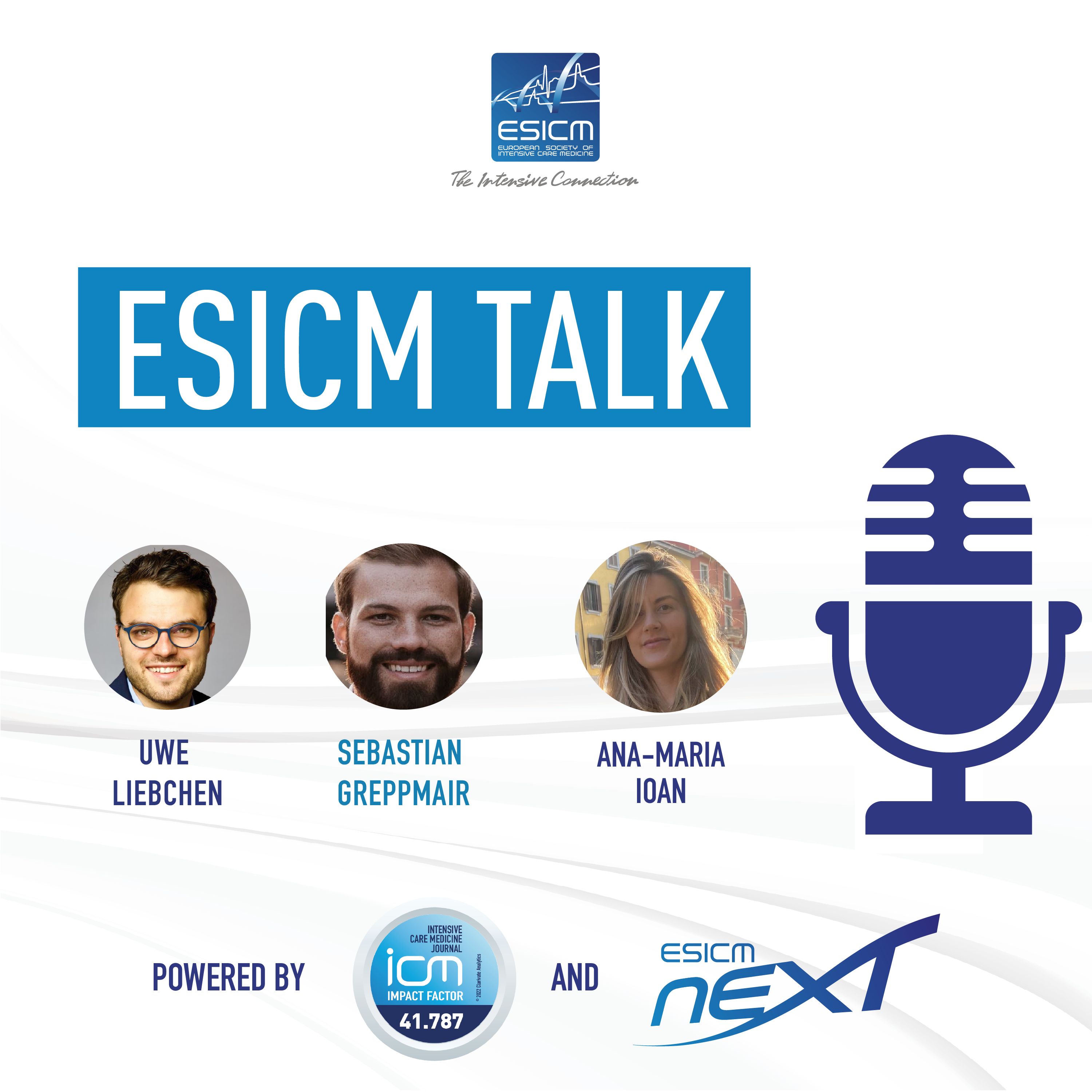
Numerous Population Pharmacokinetic (PopPK) models have been developed for Piperacillin (PIP), most of which are based on small monocentric studies and may not be generalizable to other populations. A recent evaluation of six PIP models in 30 ICU patients receiving CI demonstrated large inter-model variability regarding predictability. The transferability of these results to other populations is uncertain due to the limited number of patients and the monocentric setting. Furthermore, a clinically oriented model assessment in conjunction with TDM (Bayesian forecasting) was lacking.
A recent study aimed to evaluate the predictive performance of available PIP PopPK models with and...
Green ICU - Environmental Sustainability in intensive care
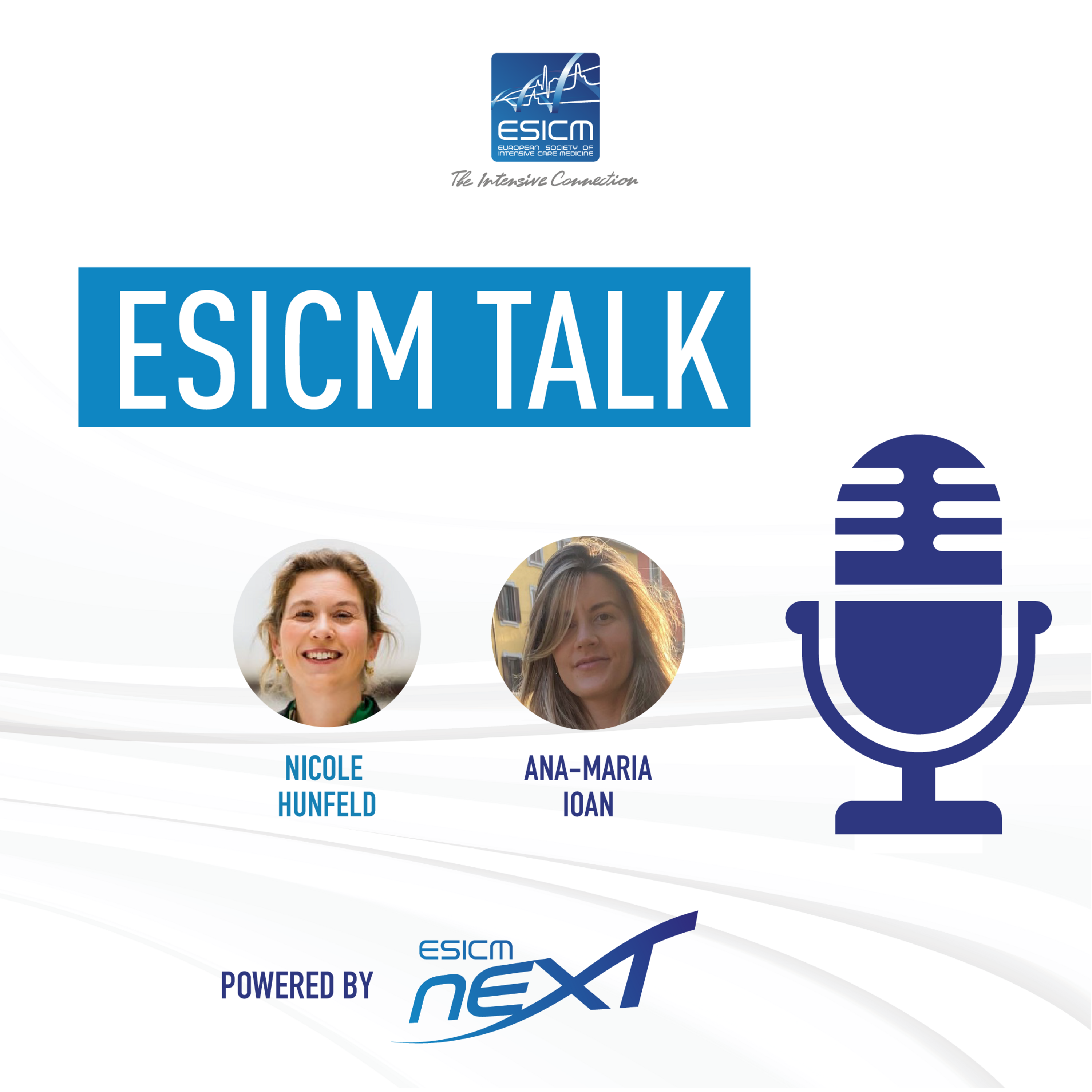
The concept of a "green ICU" is increasingly important in today's world, as sustainability and environmental considerations become integral to healthcare practices. Hospitals, including ICUs, can have a substantial environmental footprint due to energy consumption, waste generation, and resource use. Implementing green practices reduces this impact and contributes to overall environmental sustainability.
Integrating sustainability into healthcare practices not only benefits the environment but also supports the overall mission of providing high-quality patient care. To learn more about Green ICU implementation listen to the interview with Nicole Hunfeld.
Diving into ARDS with Prof. Gattinoni. From the new guidelines to bedside applied physiology.
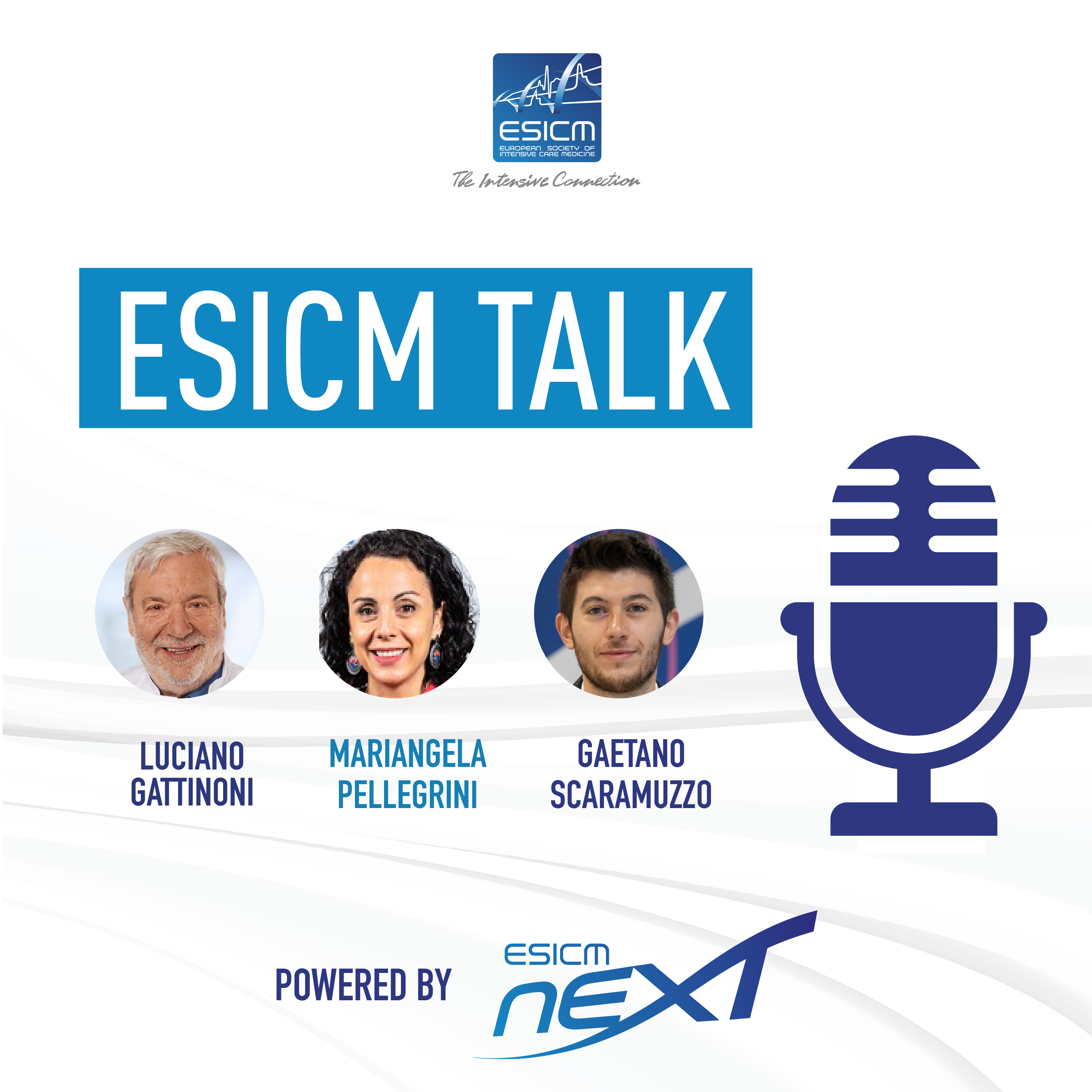
Acute respiratory distress syndrome (ARDS) is the term applied to a spectrum of conditions with different etiologies that share common clinical-pathological characteristics including: increased permeability of the alveolo-capillary membrane, resulting in inflammatory edema; increased non-aerated lung tissue resulting in higher lung elastance (lower compliance); and increased venous admixture and dead space, which result in hypoxemia and hypercapnia.
The new updated ESICM guidelines have been published highlighting a new approach to ARDS in terms of definitions, phenotyping, and respiratory support strategies.
To discuss ARDS from the new guidelines to bedside applied physiology we have interviewed Professor...
Sepsis-associated acute kidney injury in the intensive care unit. A multicenter observational study
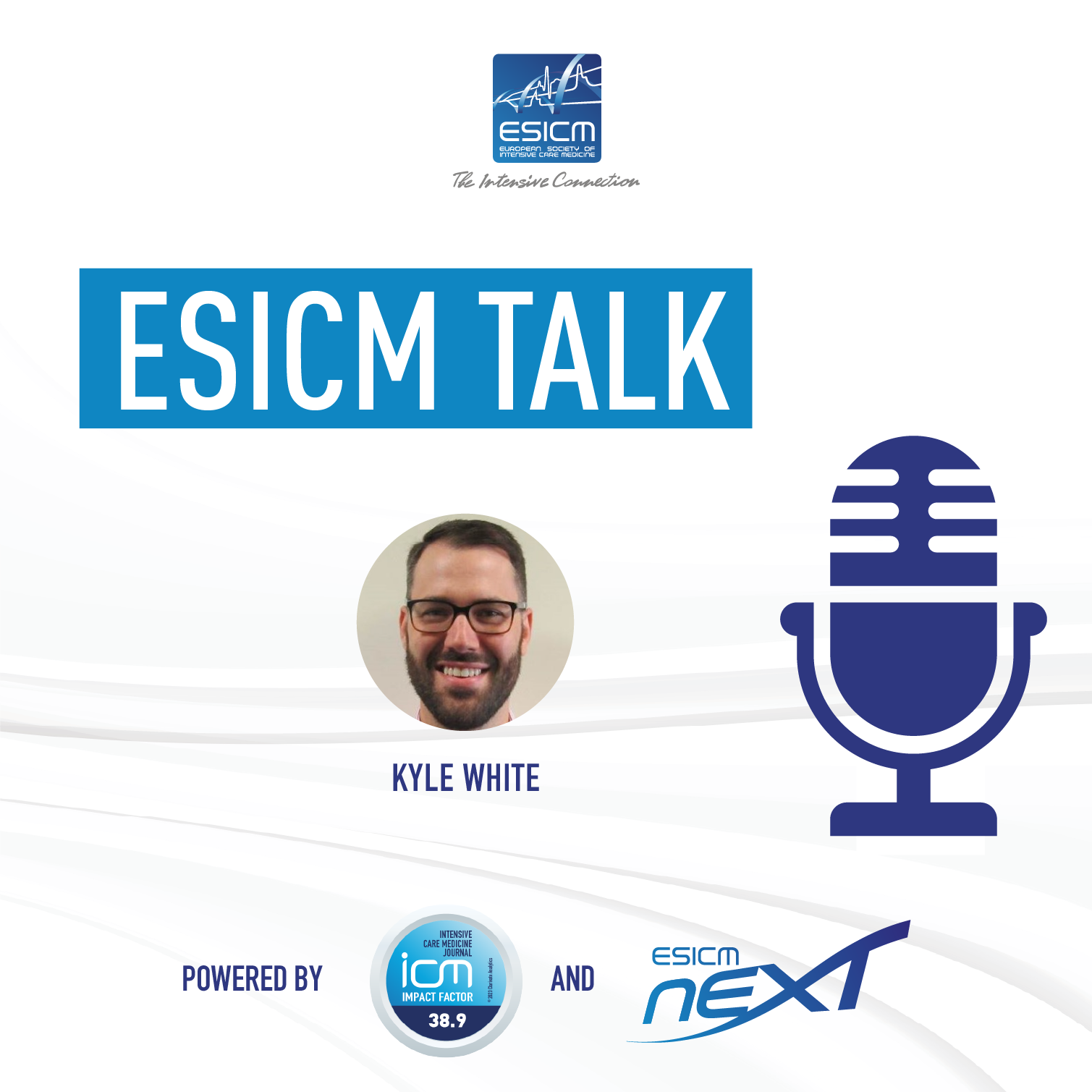
Sepsis‐associated acute kidney injury (SA‐AKI) is a common, increasingly prevalent problem in the intensive care unit (ICU). The association between sepsis and AKI has been studied previously. However, the lack of a reproducible and standardized consensus definition has limited the interpretability of available knowledge. In order to assess SA-AKI incidence, patient characteristics, timing, trajectory, treatment, and associated outcomes a multicenter, observational study was conducted. In order to know more about the study methodology and findings we have interviewed Dr White. Listen to the interview in the following podcast.
Patient Transportation in Critical Care: introduction to our ACE course
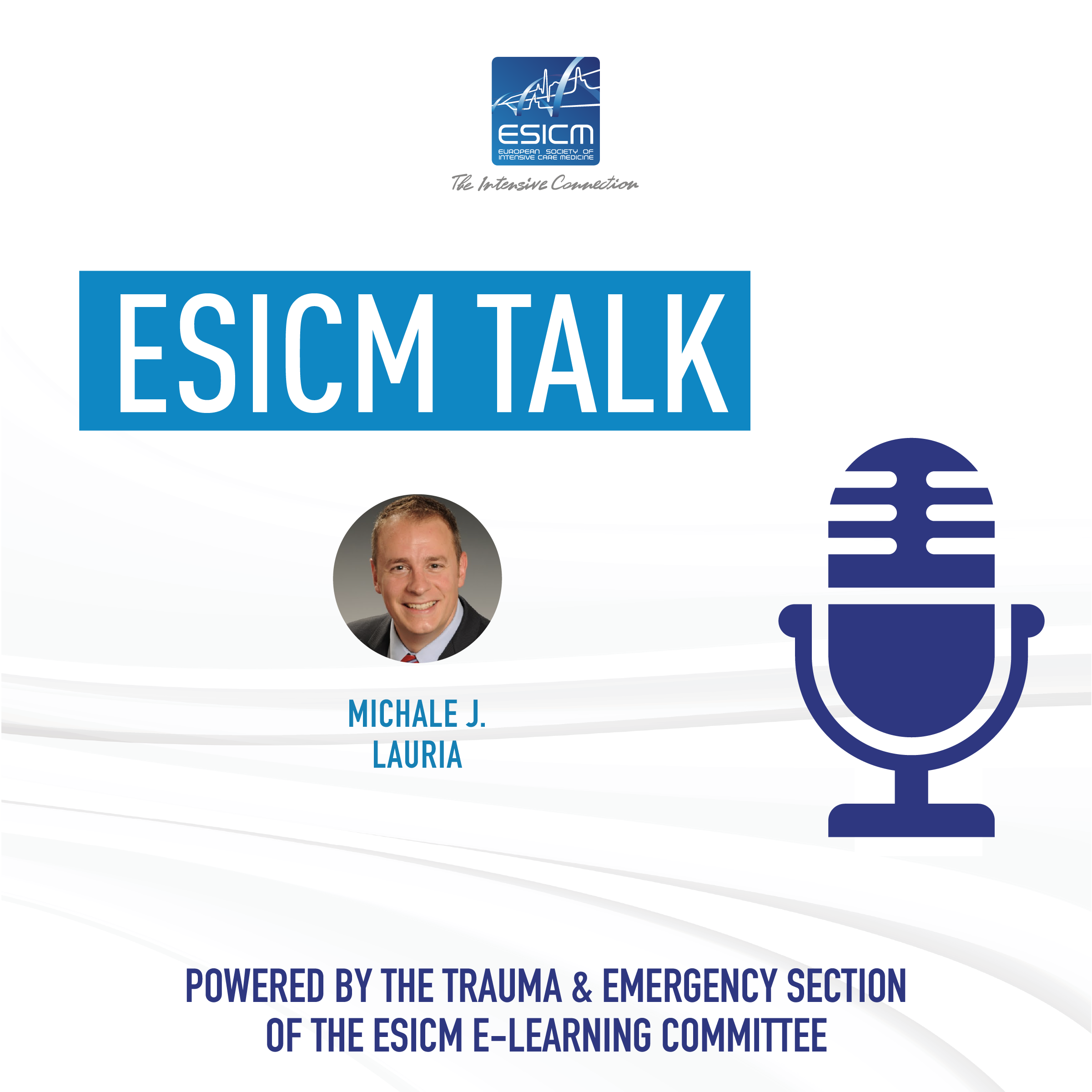
Transportation of critically ill patients is inevitable in most health systems. Prehospital transportation (PHT) may be necessary after a major injury or as a result of a life-threatening illness – for example, myocardial infarction, intracranial haemorrhage, or metabolic coma.
On our ESICM Academy, we offer a course series on Patient Transportation, from the general introduction to conducting interfacility and intrahospital patient transportation and prehospital transport in Critical Care. Hear more from one of the authors in this podcast.
The ESICM Academy is accredited by the European Accreditation Council for Continuing Medical Education (EACCME) and offers updated, pe...
Interprofessional teamwork in ICU
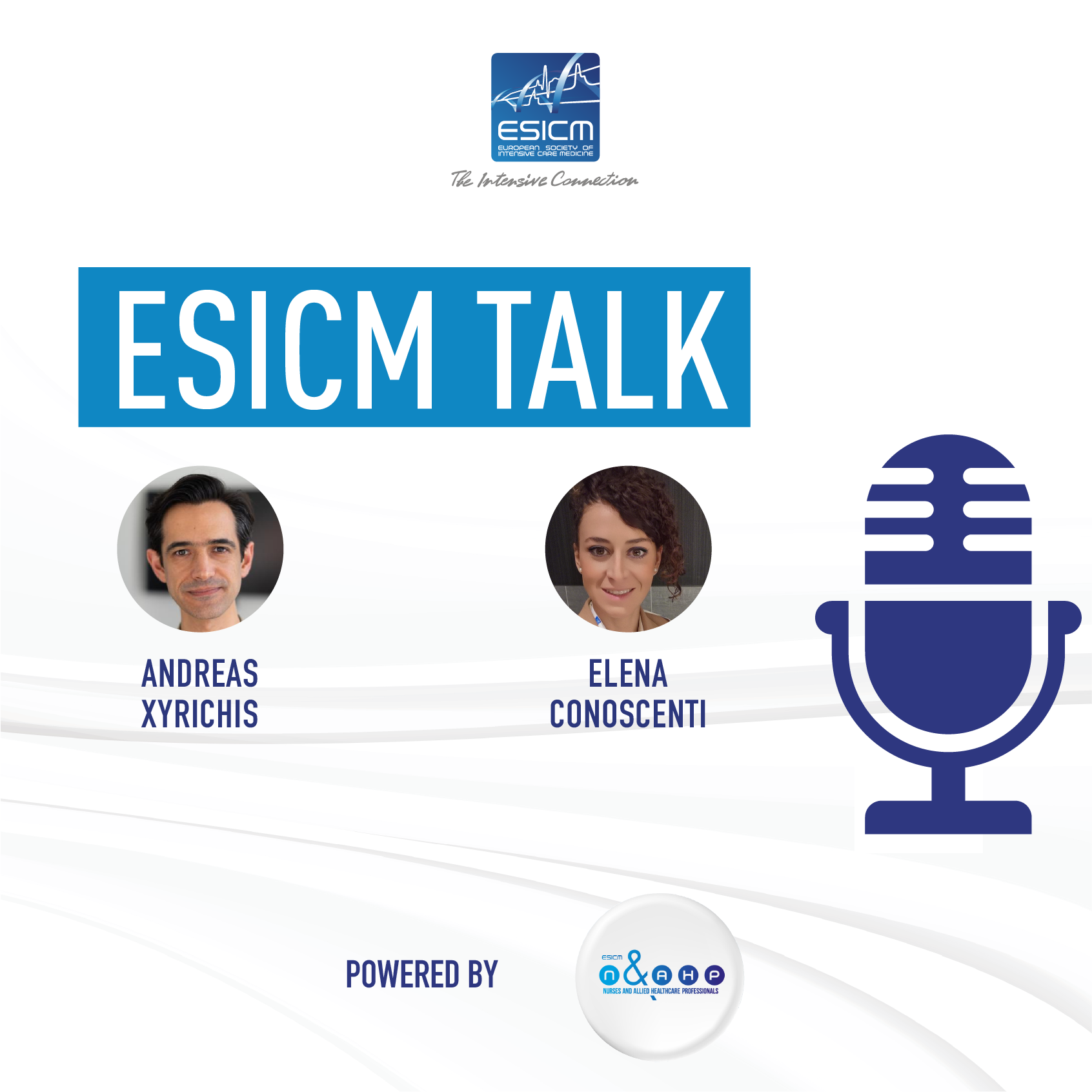
Intensive care units (ICU) are the most peculiar units in hospitals where the quality and safety of health care delivery should be at the highest level. The most critical patients are treated in this unit, posing all healthcare professionals working there with continuous physical and emotional challenges.
ICU teams are composed of different profiles with the same goal of satisfying the needs of the patients. Combining each one's skills and abilities to make the best clinical decisions requires healthy multidisciplinary teamwork.
Recent studies show that the ability to work in a team in the ICU r...
Artesunate treatment in severely injured patients with traumatic haemorrhage
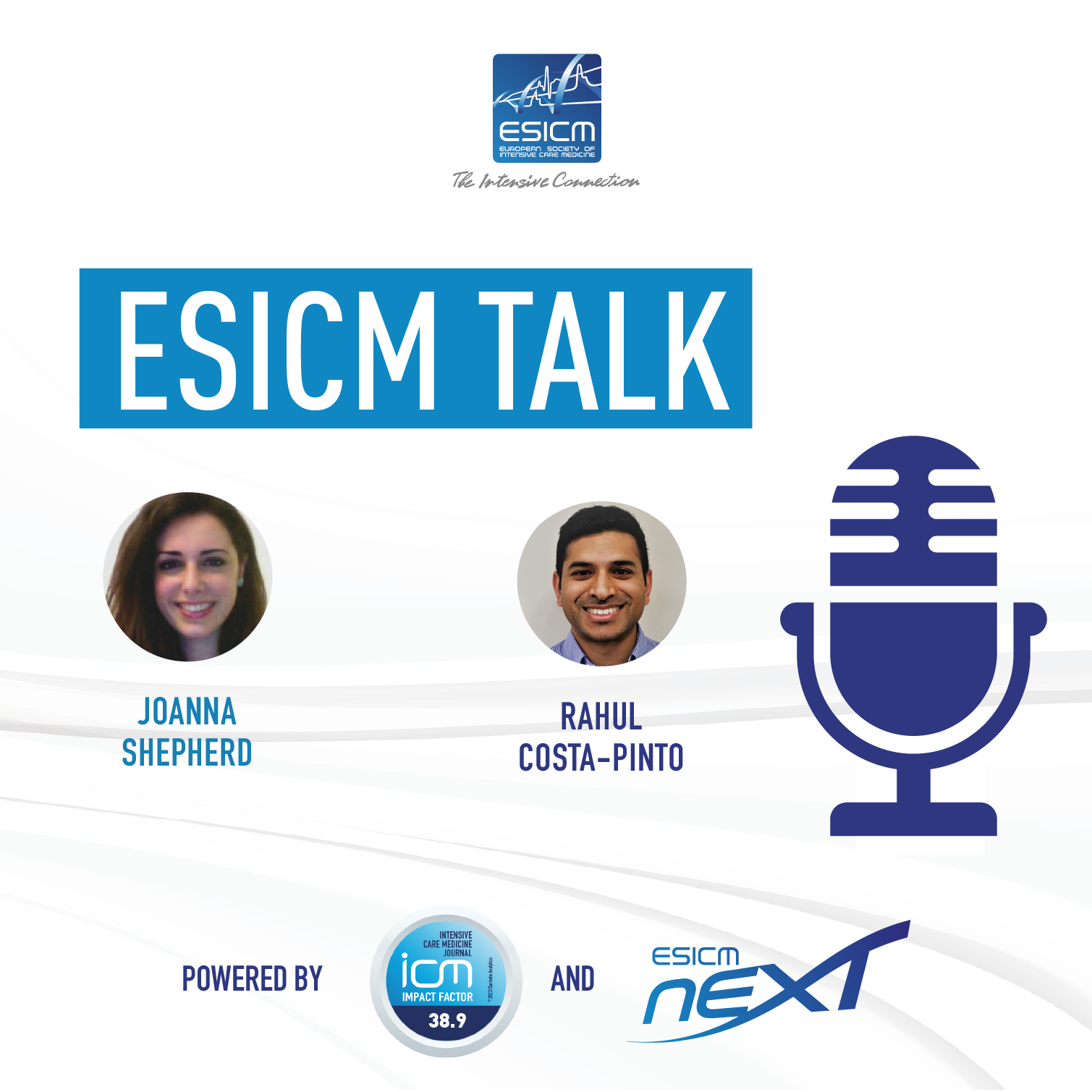
Multiple organ dysfunction syndrome (MODS) is common after major trauma, affecting up to two-thirds of patients with critical injuries. Post-trauma MODS is associated with a mortality of over 20% and poor long-term outcomes in those who survive. Current management is supportive, and there are no specific pharmacological agents that prevent organ dysfunction.
The TOP-ART randomised clinical trial, a two-stage study, has tested firstly the safety and efficacy of the early artesunate administration on a cohort of severely injured and bleeding trauma patients and, secondly, the outcomes of artesunate administration on trauma patients at risk of developing MODS.
<...Life after sepsis in adult and paediatric patients

Sepsis is a life-threatening acute organ dysfunction secondary to infection and affects more than 19 million people annually. In 2017, it was estimated that almost 49 million people were infected by sepsis, and half of those cases occurred in children under 5.
In-hospital mortality has declined over the years, resulting in a large number of sepsis survivors. Emerging data suggest that patients who survive sepsis frequently experience new symptoms, long-term disability, and worsening chronic health conditions for which they will seek care from many clinicians.
Elena Conoscenti has interviewed two experts in the field who will explain better what...
Severe meningoencephalitis in the ICU: results from the EURECA study

Central nervous system (CNS) infections significantly burden ICU physicians' daily clinical work. Diagnosis can be challenging, and timely management is of the utmost importance.
Meningoencephalitis is one of the CNS infections for which the epidemiological studies conducted in adult patients suggest that approximately one in two will require care in an intensive care unit. In those patients requiring ICU admission, meningoencephalitis is associated with a poor prognosis, including refractory seizures, prolonged hospital stay, neurological disability, and death.
The EURECA study endorsed by the ESICM intended to characterise the clinical presentation, etiologies, and outcomes in adult...
Diabetes mellitus in old critically ill COVID-19 patients

Several studies have found an association between diabetes mellitus, disease severity and outcome in COVID-19 patients. Old, critically ill patients are particularly at risk.
A recent multicentre international prospective cohort study was performed in 151 ICUs across 26 countries to investigate the impact of diabetes mellitus on 90-day mortality in a high-risk cohort of critically ill patients over 70 years of age.
Original article: Diabetes mellitus is associated with 90-day mortality in old critically ill COVID-19 patients: a multicenter prospective observational cohort study
Help us review our educational podcasts! Complete this short survey here.
...
Results from the TAME trial

International guidelines recommend targeting normocapnia in adults with coma resuscitated after out-of-hospital cardiac arrest. However, normocapnia may be insufficient to restore and maintain adequate cerebral perfusion. Conversely, mild hypercapnia increases cerebral blood flow and may improve neurologic outcomes.
Nevertheless, the most effective Paco2 target in adults with coma resuscitated after out-of-hospital cardiac arrest has not been well studied in randomized trials.
Therefore, the Targeted Therapeutic Mild Hypercapnia After Resuscitated Cardiac Arrest (TAME) trial was conducted to test the hypothesis that targeted mild hypercapnia would improve neurologic outcomes at 6 months as compared with targeted normocapnia in...
Guidelines for the management of severe community-acquired pneumonia
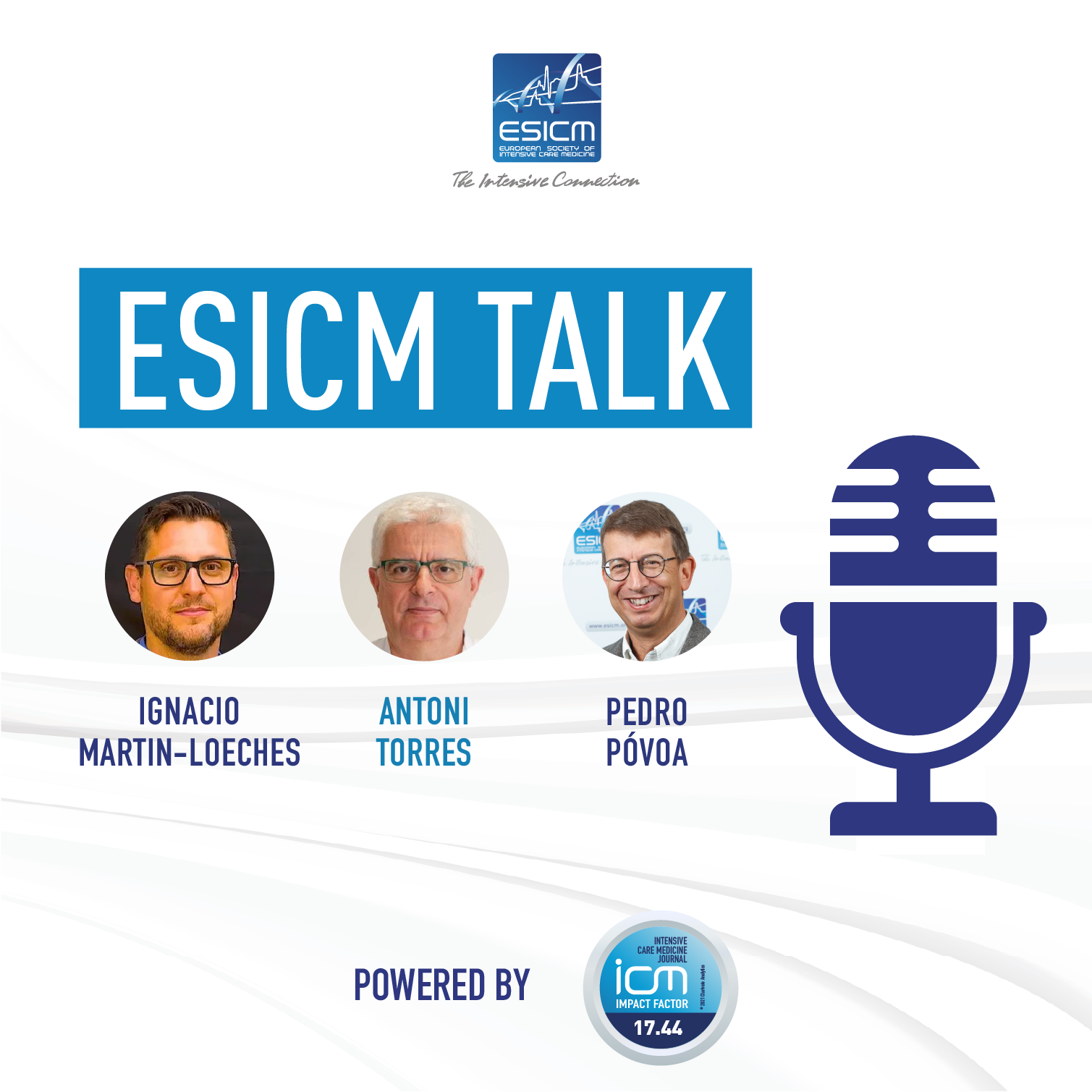
Severe community‐acquired pneumonia (sCAP) is a clinical entity to describe ICU-admitted patients with community‐acquired pneumonia (CAP) as they might require organ support, and it is associated with high morbidity and mortality.
While European and non‐European guidelines are available for CAP, there are no specific guidelines for sCAP. Therefore, a team of experts have joined efforts to prepare a summary document to guide the most effective treatments and management strategies for adult patients with sCAP.
Listen to the following podcast to learn more about these guidelines produced by the European Respiratory Society (ERS), the Eu...
Permissive azotemia during AKI enables more rapid renal recovery and less renal fibrosis
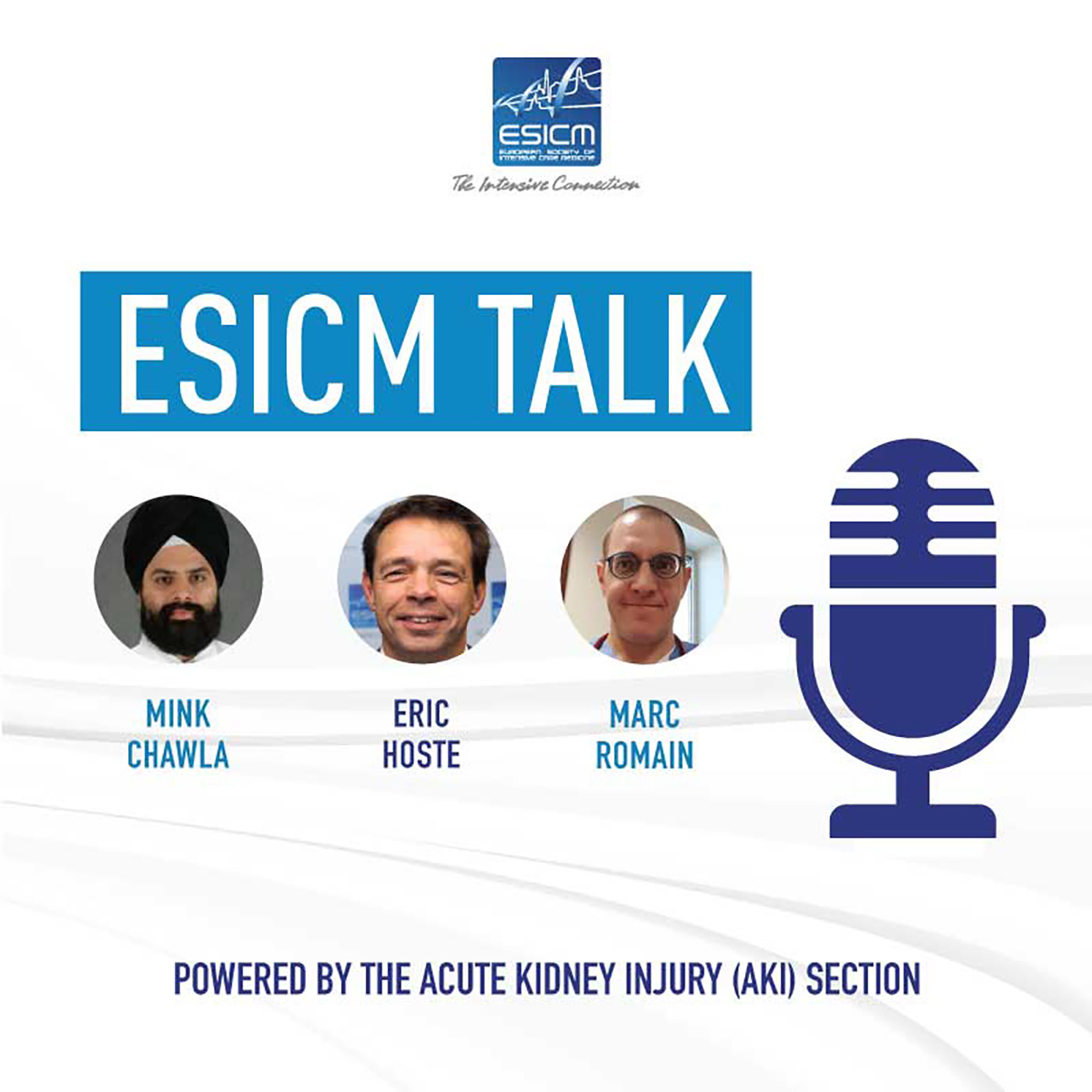
Preclinical models of acute kidney injury (AKI) consistently demonstrate that a uremic milieu enhances renal recovery and decreases kidney fibrosis.
Reduced renal clearance has the surprising and counterintuitive effect of being an effective treatment for AKI.
In this perspective, Dr Lakhmir S. Chawla suggests a hypothesis describing why the uremic milieu is kidney protective and proposes a clinical trial of ‘permissive azotemia’ to improve renal recovery and long-term renal outcomes in critically ill patients with severe AKI.
Hear more about the explanation of this hypothesis in the following podcast, organised by the ESICM...
How to manage coagulopathies in critically ill patients
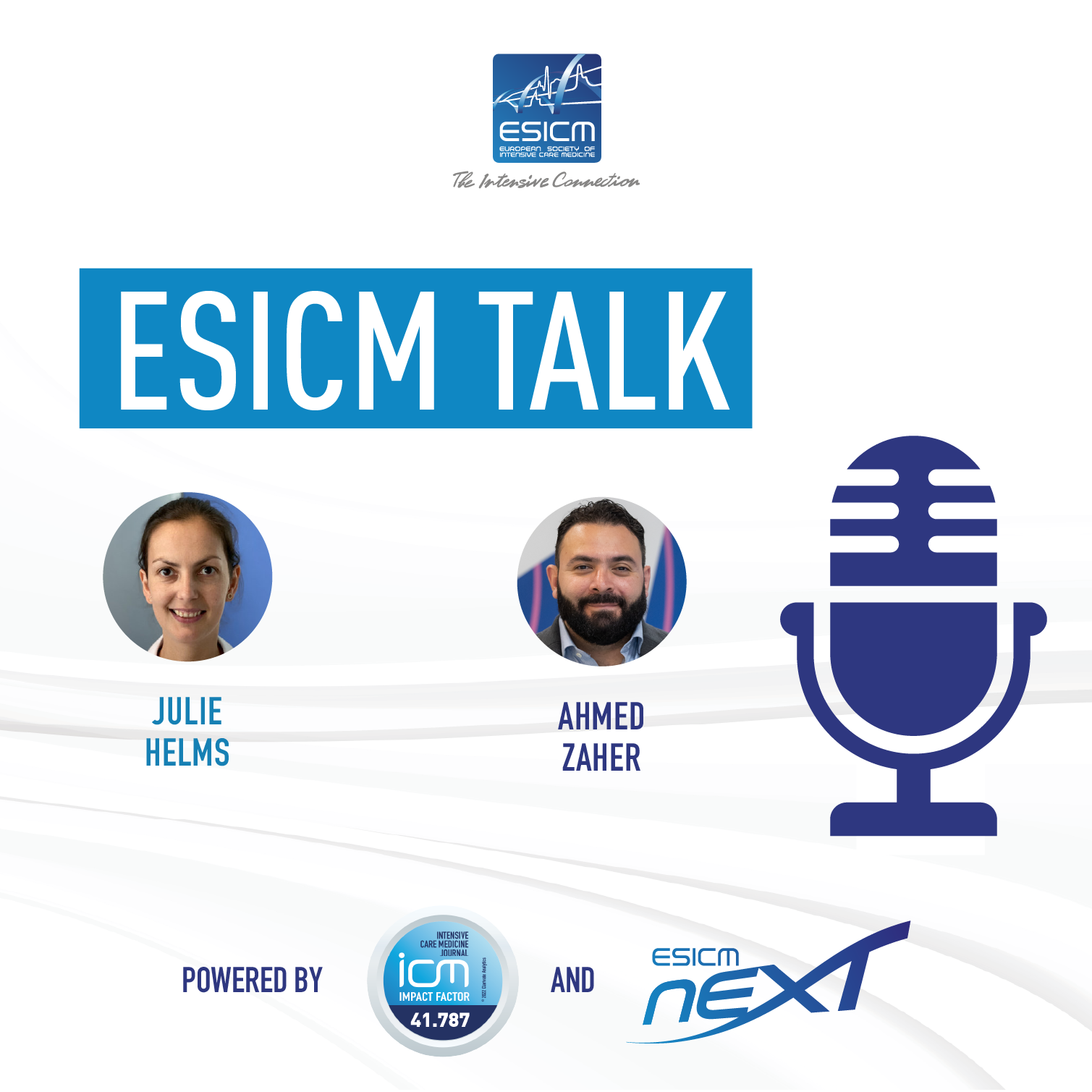
Coagulopathy is a severe and frequent complication in critically ill patients, for which the pathogenesis and presentation may be variable depending on the underlying disease.
Therefore, a review has been conducted to differentiate between hemorrhagic coagulopathies, characterised by a hypercoagulable and hyperfibrinolysis state, and thrombotic coagulopathies with a systemic prothrombotic and antifibrinolytic phenotype, based on the dominant clinical phenotype.
Dr Julie Helms, our podcast guest, will explain more about the review and discuss the differences in pathogenesis and treatment of the common coagulopathies.
Original paper: How to manage coagulopathies in critically ill patients
...End of Life Care concepts in intensive care
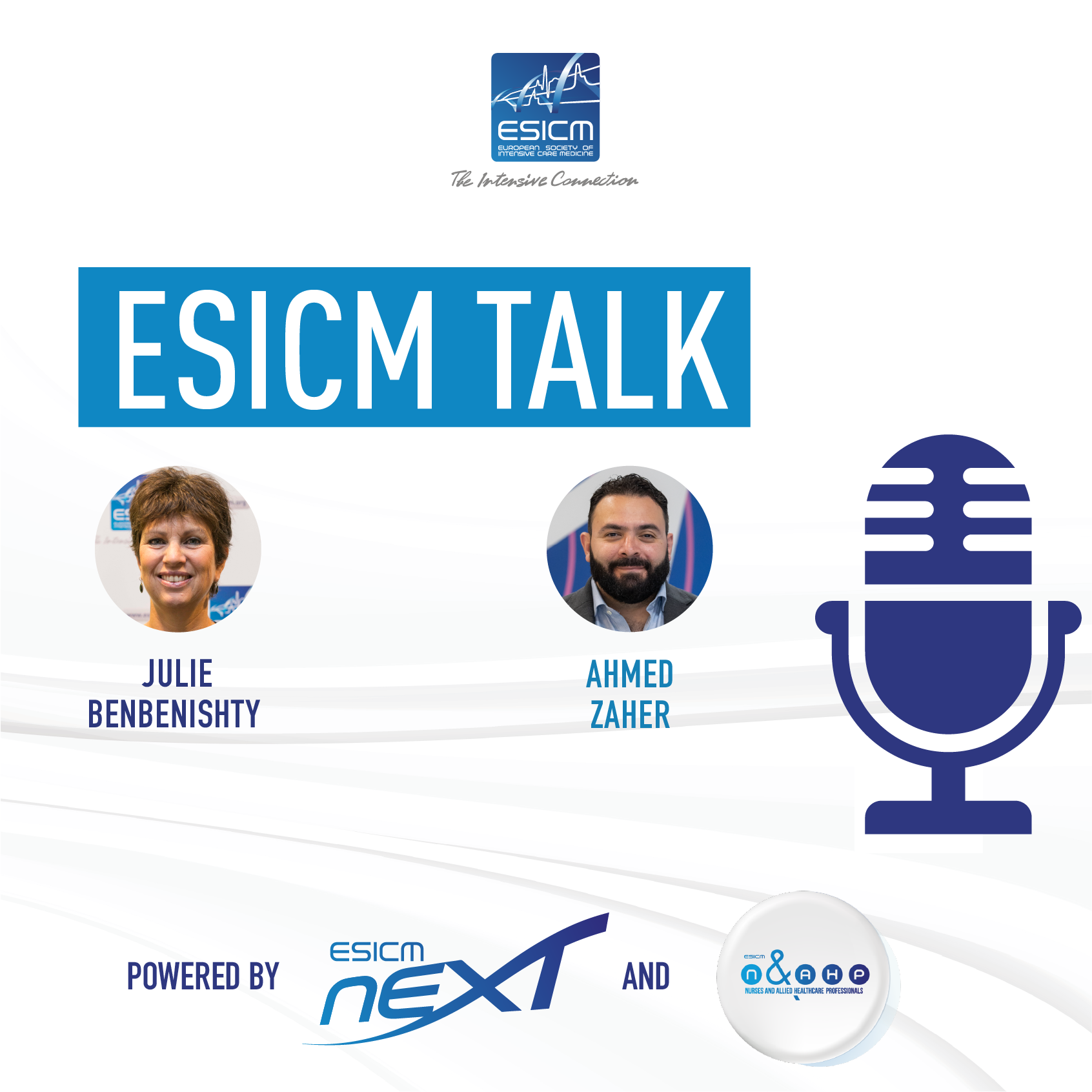
End-of-life care is an approach to a terminally ill patient that shifts the focus of care to symptom control, comfort, dignity, quality of life, and quality of dying rather than treatments aimed at cure or prolongation of life.
A detailed description of the concept of the end of life care and as well how to deal with end-of-life situations are discussed in the podcast.
Speakers
Julie BENBENISHTY. Hadassah Hebrew University Medical Center, Jerusalem (IL). Head of the European critical care doctoral educated nurses group.
Ahmed ZAHER. Oxford University Hospitals (UK). NEXT...
